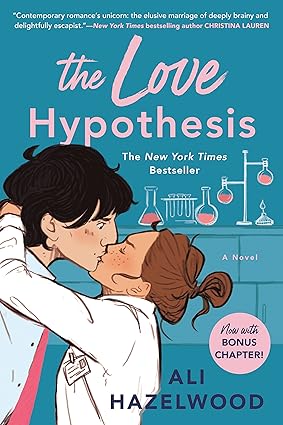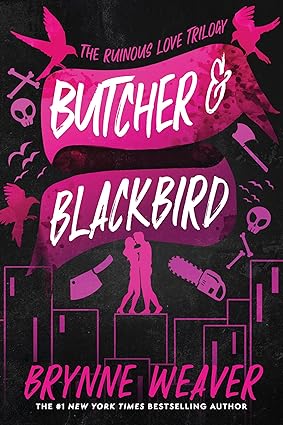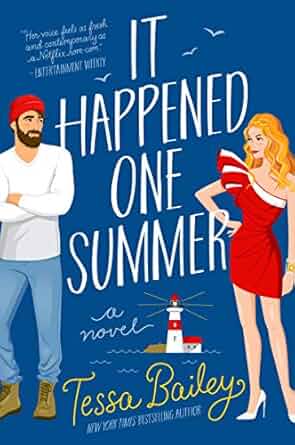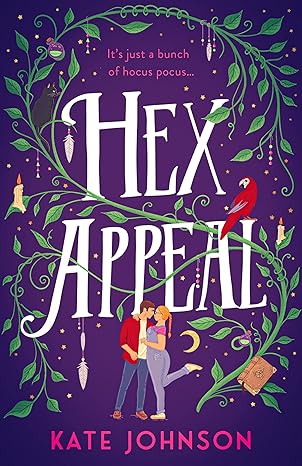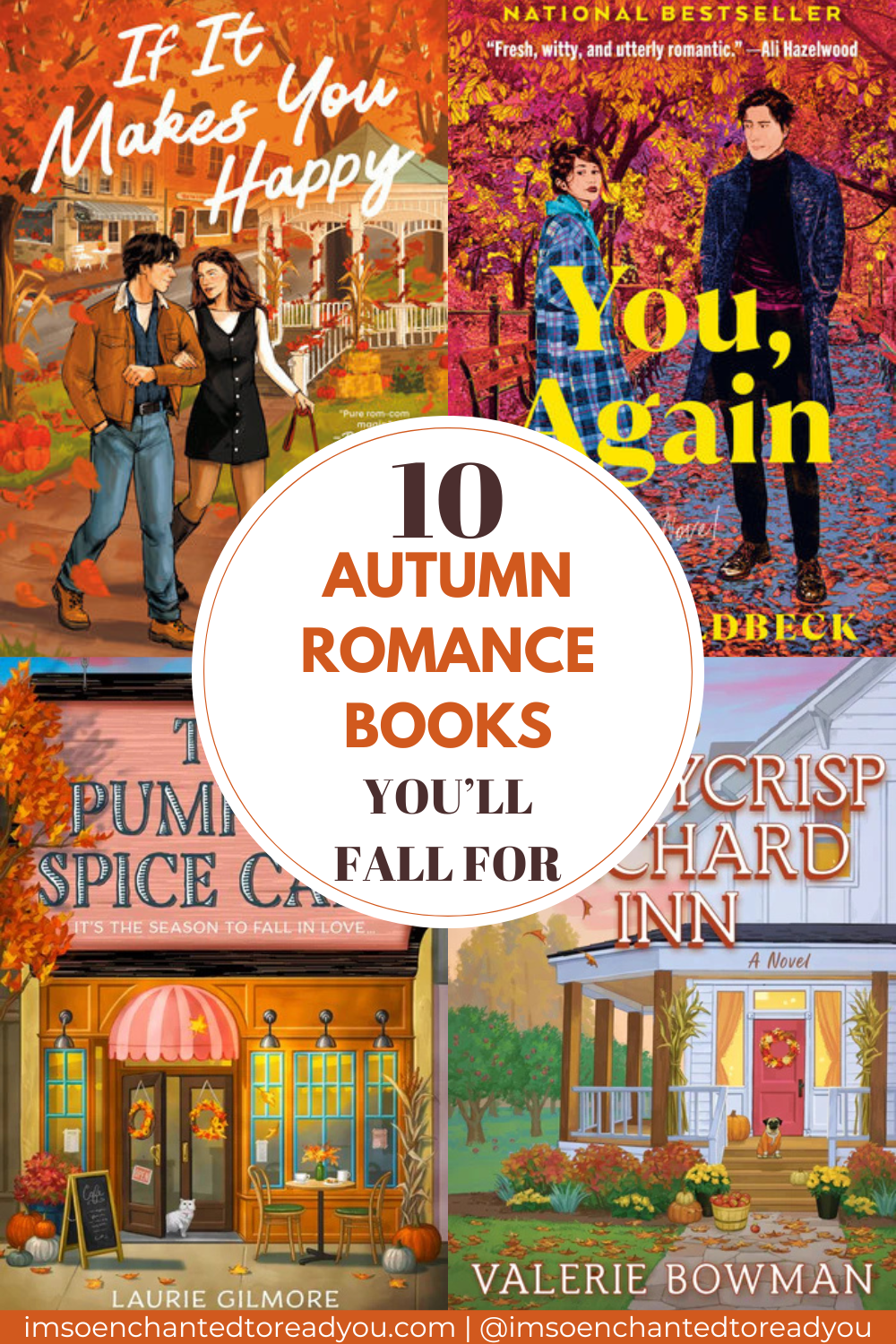20 Popular Romance Tropes You Either Love or Hate
Ah, romance novels. Whether you’re a seasoned reader or just dipping your toes into the genre, you’ve likely encountered these infamous tropes. A trope is a common theme or storytelling device that shapes the plot and characters. In romance novels, tropes are the foundation for many of the stories we love—or love to hate. Some make your heart flutter, while others might make you roll your eyes. Let’s explore 20 of the most popular romance tropes, complete with examples, and see where you stand—love them or hate them?
Many of the books suggested feature multiple romance tropes, so they could fit into more than one category. As always, be sure to check trigger or content warnings before diving into a book.
Disclaimer: As an Amazon Associate, I earn from qualifying purchases at no additional cost to you. This means that if you click on an Amazon link on this site and make a purchase, I may receive a commission. My opinions are my own and are not influenced by Amazon or any other affiliate programs.

1. Enemies to Lovers
Nothing beats the tension of two characters who start out as rivals but end up head over heels for each other.
- Examples: The Hating Game by Sally Thorne, Quicksilver by Callie Hart.
- Why I Love It: The banter! The tension! The eventual realization that they’re perfect for each other.
- Potential Drawback: Can feel repetitive if the “rivalry” is poorly developed.
2. Friends to Lovers
The sweet moment when two best friends realize they’re meant to be more.
- Examples: Him by Sarina Bowen and Elle Kennedy, Lovelight Farms by B.K. Borison.
- Why It Works: The emotional depth and strong foundation make these stories feel authentic.
- Potential Drawback: Some find it predictable or lacking in tension.
3. Forced Proximity
When two people are stuck together—physically or emotionally—and love blossoms.
- Examples: The Roommate by Rosie Danan, The Nanny by Lana Ferguson.
- Fan Favorite Moment: When they have to share a bed, of course!
- Potential Drawback: Can feel contrived if the reason for proximity isn’t convincing.
4. Fake Dating
A pretend relationship that turns into something very real.
- Examples: The Spanish Love Deception by Elena Armas, The Deal by Elle Kennedy.
- Why It Works: The inevitable “I didn’t think I’d actually fall for you” moment gets us every time.
- Potential Drawback: The setup can sometimes feel unrealistic.
5. Marriage of Convenience
Love wasn’t part of the deal… or was it?
- Examples: Bride by Ali Hazelwood (check out my review here), The Paradise Problem by Christina Lauren.
- Why It’s Intriguing: Combines the tension of forced proximity with high stakes.
- Potential Drawback: May feel outdated depending on the context.
6. Slow Burn
When the romance takes forever to build, but it’s oh-so-worth it.
- Examples: Archer’s Voice by Mia Sheridan, A Court of Thorns And Roses Book Series by Sarah J. Maas.
- Why It Works: That emotional buildup hits hard.
- Potential Drawback: Sometimes you just want them to kiss already!
7. He Falls First
The swoon-worthy trope where he’s absolutely smitten before she even notices.
- Examples: The Love Hypothesis by Ali Hazelwood, Butcher & Blackbird by Brynne Weaver (check out my review here).
- Why We’re Obsessed: Who doesn’t love a hero who’s all in from the start?
- Potential Drawback: Can feel one-sided if not balanced with her perspective.
8. Second-Chance Romance
When love gets a do-over.
- Examples: Every Summer After by Carley Fortune, Happy Place by Emily Henry (check out my review here).
- Emotional Punch: Perfect for fans of nostalgia and regret-turned-bliss.
- Potential Drawback: May feel overly reliant on backstory.
9. Workplace Romance
When two characters navigate love while working together, often under complex dynamics.
- Examples: The Stopover by T.L. Swan, Pucking Around by Emily Rath.
- Why It’s Engaging: The mix of professional tension and personal connection creates irresistible drama.
- Potential Drawback: Power dynamics can sometimes feel problematic.
10. Billionaire
When the love interest turns out to be ridiculously wealthy, and it changes everything.
- Examples: The Fine Print by Lauren Asher, A Not So Meet Cute by Meghan Quinn.
- Fun Factor: The allure of wealth and power adds intrigue.
- Potential Drawback: Can feel far-fetched and out of touch.
11. Grumpy/Sunshine
The brooding, grumpy character meets their polar opposite: someone who radiates joy and positivity.
- Examples: It Happened One Summer by Tessa Bailey, When in Rome by Sarah Adams.
- Why It Works: The contrast makes for excellent banter and sweet moments.
- Potential Drawback: Risk of becoming a cliché if not executed well.
12. Opposites Attract
Two characters with vastly different personalities or lifestyles find love despite their differences.
- Examples: Boyfriend Material by Alexis Hall, Hex Appeal by Kate Johnson.
- Classic Appeal: It’s proof that love transcends differences.
- Potential Drawback: Can lack depth if differences aren’t well-explored.
13. Childhood Sweethearts
Two childhood friends who were inseparable reconnect after years apart, rekindling a love they never truly lost.
- Examples: To Catch a Firefly by Emmy Sanders, A Thousand Boy Kisses by Tillie Cole.
- Why It’s Heartwarming: It taps into nostalgia and the magic of rediscovered love.
- Potential Drawback: Can feel overly sentimental.
14. Forbidden Romance
When love is off-limits, whether due to family drama, societal expectations, or other barriers.
- Examples: Birthday Girl by Penelope Douglas, Red, White, & Royal Blue by Casey McQuiston.
- Why It’s Addictive: The tension and stakes make every moment thrilling.
- Potential Drawback: The taboo elements can be polarizing.
15. Found Family
The story centers on characters building a family of choice, often finding unconditional love and support outside of traditional bonds.
- Examples: Things We Never Got Over by Lucy Score, The Very Secret Society of Irregular Witches by Sangu Mandanna.
- Why It’s Heartwarming: It highlights how love and connection can be found in the most unexpected places.
- Potential Drawback: Can sometimes overshadow the romantic arc.
16. Reformed Player
The once-wild love interest finds “the one” and changes their ways.
- Examples: Icebreaker by Hannah Grace, Mile High by Liz Tomforde .
- Why It’s Fun: Everyone loves a good redemption arc.
- Potential Drawback: Risks feeling repetitive if not paired with strong character development.
17. Sibling’s Best Friend
When a sibling’s close friend is suddenly seen in a romantic light.
- Examples: The Summer I Turned Pretty by Jenny Han, Twisted Love by Ana Huang.
- Why It’s Sweet: It feels personal and rooted in history.
- Potential Drawback: Can feel awkward depending on the sibling’s reaction.
18. Small-Town Romance
Big love in a small town where everyone knows everyone else.
- Examples: Flawless by Elsie Silver, Indigo Ridge by Devney Perry.
- Cozy Factor: Perfect for fans of Hallmark vibes and tight-knit communities.
- Potential Drawback: Risk of overusing small-town stereotypes.
19. Age Gap Romance
When there’s a significant age difference between the characters.
- Examples: Praise by Sara Cate, Part of Your World by Abby Jimenez (check out my review here).
- Why It’s Intriguing: Adds an extra layer of complexity to the romance.
- Potential Drawback: Can feel controversial depending on the age gap and dynamics.
20. Dark Romance
Explores the darker, grittier side of relationships, often involving morally grey characters. Please check trigger warnings before reading.
- Examples: Still Beating by Jennifer Hartmann, Haunting Adeline by H. D. Carlton.
- Why It’s Intense: The high stakes and emotional depth appeal to fans of complex stories.
- Potential Drawback: Not for everyone; some find the themes too heavy.
Final Thoughts
No matter your preferences, romance tropes ensure there’s a love story for everyone. From the heartwarming charm of small-town romance to the dark intensity of morally grey love stories, these tropes shape the stories that stay with us long after the last page. Which ones are your favorites? Let me know in the comments below!













